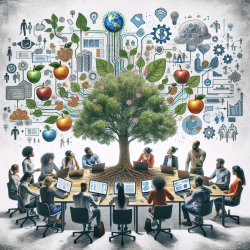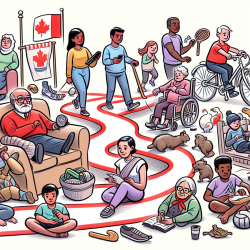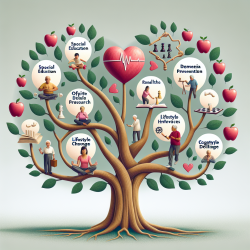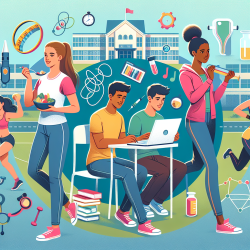Introduction
The COVID-19 pandemic has reshaped the world, challenging traditional structures and demanding innovative solutions. As practitioners in the field of special education and therapy, it is crucial to explore and implement innovative approaches that can enhance our services. One such approach is the concept of crowdsourced innovation, as highlighted in the research article "Rapid Crowdsourced Innovation for COVID-19 Response and Economic Growth."
Understanding Crowdsourced Innovation
Crowdsourced innovation involves harnessing the collective intelligence and creativity of a diverse group of individuals to solve complex problems. During the pandemic, this approach has been instrumental in addressing various challenges, from developing personal protective equipment (PPE) to creating new healthcare delivery models. The research paper emphasizes the importance of grassroots entrepreneurship and the role of hackathons in fostering innovation.
Implementing Crowdsourced Innovation in Practice
As practitioners, we can leverage the principles of crowdsourced innovation to enhance our skills and improve service delivery. Here are some actionable steps:
- Participate in Hackathons: Engage in virtual hackathons focused on healthcare and education. These events provide an opportunity to collaborate with experts from various fields and develop innovative solutions to pressing challenges.
- Foster Collaborative Networks: Build partnerships with organizations, schools, and technology companies to create a supportive ecosystem for innovation. Collaboration can lead to the development of new tools and strategies that benefit students and educators alike.
- Embrace Technology: Utilize digital platforms to connect with a global community of innovators. Online forums and webinars can serve as valuable resources for sharing ideas and learning from others' experiences.
- Encourage Student Involvement: Involve students in problem-solving initiatives. Encourage them to participate in projects that address real-world issues, fostering a sense of ownership and creativity.
Encouraging Further Research
While the research provides a solid foundation, continuous exploration and adaptation are essential. Practitioners should consider conducting further research to tailor crowdsourced innovation strategies to their specific contexts. This could involve studying the impact of hackathons on educational outcomes or exploring the effectiveness of collaborative networks in special education settings.
Conclusion
Incorporating crowdsourced innovation into our practice can lead to significant advancements in the field of special education and therapy. By embracing collaboration, technology, and grassroots entrepreneurship, we can create a more resilient and adaptive educational environment. To delve deeper into the research and explore its implications, read the original research paper.










